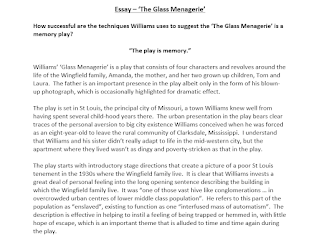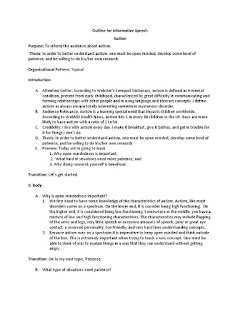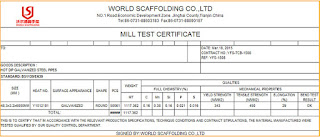The Power of BIRT Reporting
Unlocking Insights Through Data Visualization
Businesses today generate large volumes of data on a daily basis. However, raw data alone cannot provide meaningful insights or support informed decision-making. This is where the power of BIRT reporting comes into play. BIRT, short for Business Intelligence and Reporting Tools, is an open-source software project that enables organizations to transform their data into visually appealing and interactive reports.
What is BIRT Reporting?
BIRT reporting integrates and analyzes data from multiple sources, enabling users to build dynamic reports with rich visualizations. It offers a user-friendly interface that allows both technical and non-technical users to create and customize reports easily. BIRT provides a wide range of reporting capabilities, including charts, tables, crosstabs, and graphs, which can be embedded into web applications or exported in various formats such as PDF or Excel.
Key Features and Benefits
BIRT reporting offers numerous key features and benefits that make it an invaluable tool for businesses:
- Data Visualization: BIRT allows users to transform complex datasets into intuitive visualizations, making it easier to understand and analyze information at a glance.
- Interactive Reports: With BIRT, users can create interactive reports that allow end-users to drill down into specific data points, apply filters, or explore different scenarios, enhancing the overall user experience.
- Data Integration: BIRT can connect to multiple data sources, including databases, spreadsheets, and web services, providing a comprehensive view of data from various systems or departments.
- Automation: BIRT reporting supports scheduling and automation, allowing reports to be generated and delivered automatically, reducing manual effort and ensuring timely access to information.
- Customization: BIRT offers extensive customization options, enabling users to tailor the appearance and layout of reports according to their specific branding or design requirements.
Real-World Applications
BIRT reporting is widely used across industries for diverse applications:
- Financial Institutions: To generate financial reports, performance dashboards, and regulatory compliance reports.
- Retail and E-commerce: To track sales, analyze customer behavior, and identify market trends.
- Healthcare: To monitor patient data, evaluate treatment outcomes, and manage healthcare resources.
- Manufacturing: To analyze production data, optimize processes, and monitor quality control.
- Education: To track student performance, generate progress reports, and assess educational programs.
With its versatility and ease of use, BIRT reporting has become a go-to solution for organizations seeking to unlock the hidden potential of their data.
In Conclusion
BIRT reporting empowers businesses to harness the power of data visualization, enabling them to make informed decisions, uncover trends, and identify areas for improvement. With its comprehensive features and flexibility, BIRT has proven itself as a valuable tool for generating meaningful reports that aid strategic planning and drive business growth. Embrace the power of BIRT reporting to transform your data into actionable insights!






